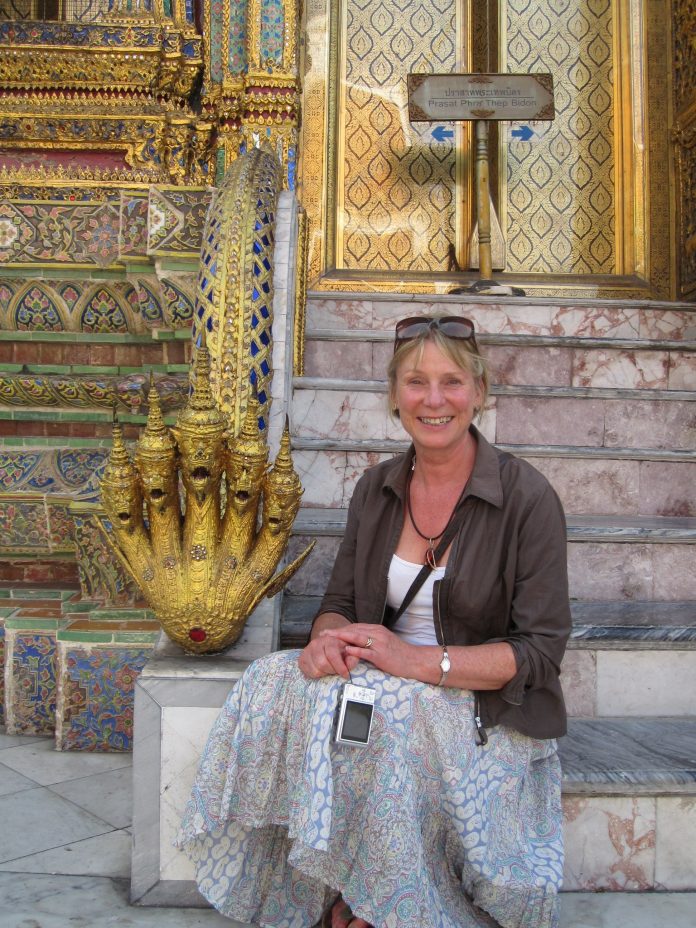The Pacific Asia Travel Association (Pata) has warned visitor numbers to Asia Pacific destinations are likely to fall by one third this year to the level of 2012.
However, Pata forecast growth would return next year and numbers near previously forecast levels by 2023.
Pata chief executive Mario Hardy called for incentives to encourage travellers to stay longer in destinations, saying: “The metric should shift from the number of arrivals to time spent.”
The Pata Asia Pacific Visitor Forecasts report for 2020-2024 predicts international arrivals are likely to dip below 500 million to a level 32% down on 2019.
But it notes: “Much depends on how quickly and completely the covid-19 pandemic is contained and controlled.”
A “more optimistic scenario” could see arrivals fall only 16% in 2020 while a “pessimistic” forecast would mean a 44% drop..
The impact will be most severe in Northeast Asia, reports Pata, with visitors forecast to be 51% down followed by South Asia (-31%) and Southeast Asia (-22%).
Total visitor receipts are forecast to fall by 27% year on year to US$594 billion compared with an original forecast of US$811 billion for 2020.
Receipts in Northeast Asia are predicted to fall 48%, South Asia 33% and Southeast Asia 20%
Pata chief executive Mario Hardy said: “This is an unfolding human tragedy with a dire loss of life and, for millions, loss of income.
“We can only hope this pandemic is brought under control quickly and effectively, enabling the global travel and tourism industry to get back on its feet.”
However, he said: “There remains a significant volume of visitors expected into Asia Pacific through 2020, with just under half-a-billion travellers still generating almost $600 billion.”
Hardy noted: “Recovery might take longer in the minds of many potential travellers.
“If numbers return only slowly, the obvious imperative will be to offer travellers incentives [to] remain in a destination longer and see more of what it has to offer.
“The metric should shift from the number of arrivals to time spent in any one destination and the dispersion across it.”

























